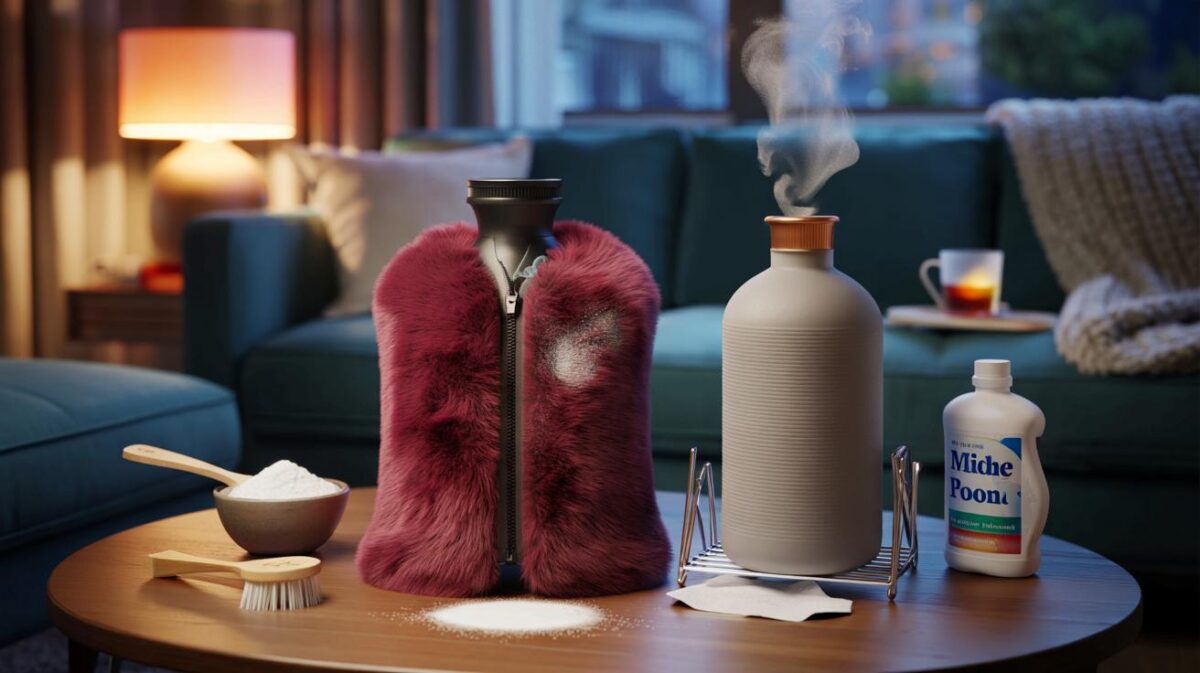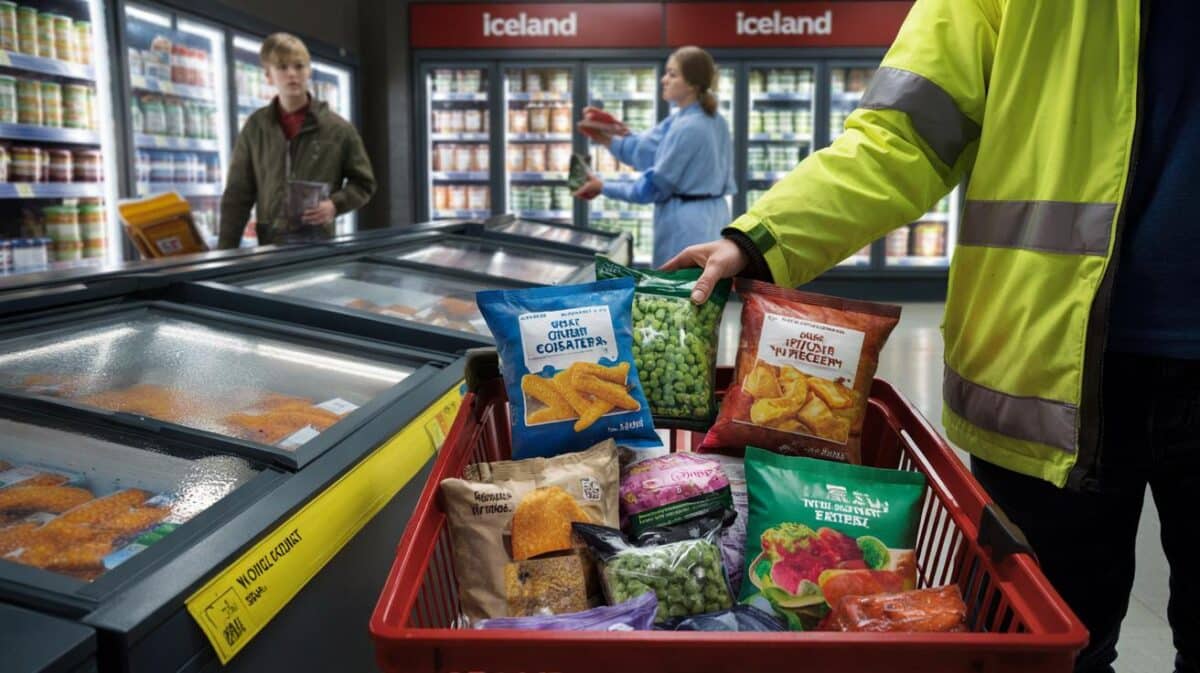“Eco” is stamped on candle boxes everywhere, from farm shops to glossy department stores, yet the air in our living rooms tells a different story. If you’ve ever lit a “natural” candle and felt your throat tighten or your windows fog with soot, you already sense the gap between marketing and reality.
A friend struck a match to an “eco soy” candle bought at a neighbourhood market — pale cream wax, linen label, a name that sounded like a yoga pose. The flame bloomed, and with it a perfume so plush it draped itself over the sofa; ten minutes later, the windows filmed, my eyes prickled, and the cosy conversation began tussling with a sweet, cloying fog.
I flipped the jar. No ingredients, no percentages, just a story about mindfulness and a meadow. What’s really in that wax?
The label says “eco”. The room says otherwise.
Walk any high street and you’ll see it: **eco** splashed next to “natural”, “clean-burning”, “non-toxic”. In the UK there’s no legal definition of eco for candles, which leaves plenty of space for blends and half-truths, like a “soy” candle that’s partly soy but mostly paraffin, or a “natural” scent that’s actually a synthetic cocktail compliant with safety rules yet still heavy on the air. The shock isn’t that brands bend the truth; it’s that the truth is barely written on the jar at all.
Ask small makers off the record and many will admit the commercial reality: paraffin gives stronger hot throw, soy slows the burn, and blending keeps costs stable when supply shifts. Independent lab tests have shown that many scented candles, whatever the wax, can emit ultrafine particles and tiny traces of volatile compounds, especially when wicks are too long or flames flicker in a draft. You don’t need a microscope to notice — the black halo on your jar tells its own tale.
The deeper problem hides upstream. Paraffin is refined from petroleum; palm and coconut waxes can come from monocultures with murky land use; soy is often shipped long distances and may be grown with heavy inputs; beeswax is a by-product of beekeeping with its own ethical knot; rapeseed can be grown closer to home in Europe yet varies in farming practice. Then there’s fragrance, dyes, wick finish, the glass vessel and lid, delivery miles. Eco isn’t a single ingredient. It’s the whole chain, plus how the candle burns in your actual living room.
How to choose a candle that actually treads lighter
Start with the short list: **rapeseed or beeswax**, made in the UK or EU, with a plain cotton or FSC-certified wooden wick and a fully declared ingredient list. If you love scent, look for blends that are **phthalate-free**, low in allergens, and transparent about percentages, or go unscented and pair the candle with a separate, gentle source of fragrance. Choose un-dyed wax in a refillable or widely recyclable vessel, and ask the maker how they source wax and fragrance; a good one will happily talk about farms, supply chains, and testing. *Yes, the wick matters.*
There’s also how you burn. Trim to 5 mm before lighting, let the melt pool reach the edge on the first burn, and keep flames away from drafts that make soot. We’ve all had that moment when a smell takes over the room and you start cracking windows in your jumper, so treat scented candles as a treat, not background air freshener. Let’s be honest: nobody really does that every day.
Transparency beats taglines. Ask for batch testing on soot and stability, and prefer brands that publish results or at least clear burn guidance that isn’t written by a robot. Makers who are serious about impact tend to be serious about education, because they know a well-burnt candle is cleaner and lasts longer, which means fewer jars and less waste.
“Eco isn’t a sticker, it’s a practice — from crop to candle to the way you trim your wick,” says Olivia Hart, a London chandler who switched from paraffin blends to European rapeseed wax and publishes her soot tests online.
- Decode the label: look for explicit wax type and origin, fragrance allergens, wick material, and % blends.
- Favour local waxes (EU rapeseed, regionally sourced beeswax) over imported heavy waxes when you can.
- Pick refill systems or standard glass you’ll genuinely reuse, not just admire.
- Keep burns to 2–3 hours, lids off until fully cool, and flames away from drafts and bookcases.
- If you’re scent-sensitive, test with a tealight first or choose unscented pillars for mood-only light.
The switch that changes the mood — and the maths
Here’s the twist: the best “instead” isn’t a different buzzword, it’s a different ritual. For a warm glow most evenings, use rechargeable LED tea lights or candles with a realistic flicker and save real flame for dinners and slow Sundays; you cut indoor particulates dramatically while keeping the atmosphere you want. When you do light up, go for unscented rapeseed tapers or beeswax pillars from a traceable source, then add scent in a gentler way — a small bowl of citrus peels on a radiator, a sprig of rosemary swirled in hot water, or a low-temp wax warmer with a tiny amount of a transparent, IFRA-compliant blend used sparingly. The result feels calmer, costs less in the long run, and still gives you that hush when the lights dip.
So the “shocking truth” is oddly ordinary: most “eco” candles are only as good as their least transparent part, and our homes react to reality, not labels. It’s not about guilt, it’s about swapping habits — less constant scent, more thoughtful light, better ingredients, slower burns. Share the load between a rechargeable glow for every night and a beautiful, well-made candle for the moments that deserve a flame, and watch the household mood shift without the throat scratch. Friends will ask what’s changed, because the air feels kinder and the light is truly soft. That’s the invitation to talk about what you buy, and what you no longer need to burn.
| Key points | Detail | Reader Interest |
|---|---|---|
| “Eco” is undefined | No legal UK definition; many “soy” candles are blends with paraffin and vague fragrances | Exposes greenwashing and demystifies labels |
| Choose closer, cleaner waxes | EU rapeseed or traceable beeswax, cotton/FSC wicks, transparent fragrance or unscented | Gives a practical shopping shortcut |
| Change the ritual | Use rechargeable LEDs nightly and reserve real flame for set times and better candles | Saves money, improves air, keeps atmosphere |
FAQ :
- Are scented candles bad for indoor air?Any flame produces particulates, and strong fragrance can add VOCs; small, occasional burns with a trimmed wick and some ventilation keep levels lower than constant background burning.
- What’s the cleanest wax?No wax is perfect, but well-formulated European rapeseed and high-quality, traceable beeswax tend to burn steadily and can support shorter local supply chains.
- Are wooden wicks better?They can burn evenly and look lovely; pick FSC-certified wood and test for crackle vs soot in your room, because burn behaviour depends on wax blend and vessel too.
- Can candles be vegan and eco?Yes — rapeseed and some coconut blends are vegan; look for clear sourcing, low-travel supply, and full disclosure on fragrance and dye.
- What should I buy instead of “eco” candles?For nightly mood, rechargeable LED candles; for real flame, unscented rapeseed tapers or a beeswax pillar from a reputable maker, plus gentle, occasional scent off-flame.








